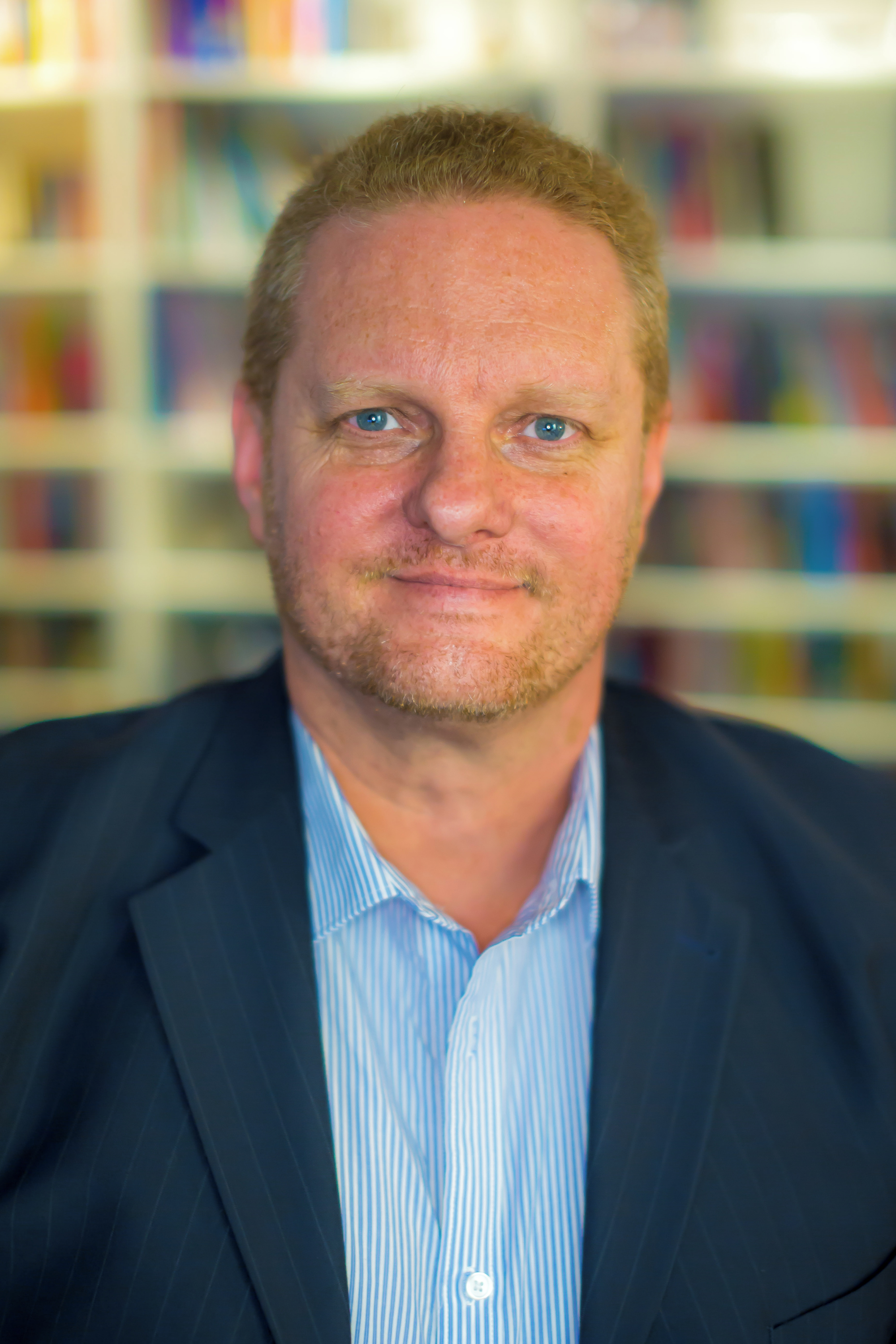
It’s 2030 and unidentified space debris begin to fall across multiple locations in Queensland, triggering a mass casualty incident response from emergency services.
This is the story being told by a team of researchers, led by Senior Lecturer in Film Production at the QUT School of Creative Practice Dr Joe Carter, using state-of-the-art film technology featured in Hollywood films.
Dr Carter said the virtual production technology allowed the cast and crew to use game-engine background generation to film in space-debris-damaged streets, triage centres, hospital emergency departments, inside the triple-zero call centre and a new Aeromedical Hub at Brisbane Airport, all without leaving the film studio.
“The film, commissioned by the Jamieson Trauma Institute at Royal Brisbane and Women’s Hospital, was premiered at the institute’s annual showcase event where trauma teams from around the world gather to share their research and examples of improving patient care,” Dr Carter said.
The film titled The Future of a Mass Casualty Incident Response, was directed by Dr Carter (pictured below right), and is the third film in a trilogy of Future of Trauma Care films which have been produced at QUT since 2021.
“This latest film represents significant technical and creatives advancements by incorporating large practical stage sets into virtual environments with vehicles, medical staff and a cast of many extras,” Dr Carter said.
“QUT is truly leading the way with our Virtual Production film facility which has been in use since 2019, with our 10-metre-wide LED wall generating real-time immersive environments that are very realistic.

“We can track the real camera and multiple objects in the foreground which then blend into the virtual environment seamlessly.”
“We have been working with the Jamieson Institute for four years now, and this third film is major step forward for us in terms of production scale, quality and ambition.
“The result is totally realistic and feels fully immersive,” Dr Carter said.
QUT virtual production researchers and lecturers in animation Paul Van Opdenbosch and Maria Zelenskaya, developed five fully-virtual environments for the film utilising the latest Unreal Engine platform as used by major feature films and TV series including the new Star Trek TV series and the Academy Award-nominated film Barbie.
“We have been able to make huge steps forward in terms of technical and creative capabilities with this film, and we have updated our hardware to keep pace with the latest industry developments from Unreal,” Mr Van Opdenbosch said.
Maria Zelenskaya said the immersive nature of the environments took advantage of the full virtual production toolkit and used real floors which blended into virtual backgrounds in a clever way.
“For this mass casualty incident film, we chose to really experiment with the largest physical sets we could build in our Virtual Production studio at QUT,” Ms Zelenskaya said.
“And we developed new approaches to integrate those foregrounds into virtual backgrounds using a variety of innovative techniques and lots of testing.

“The end result we think is very effective.”
The film features real doctors, nurses and paramedics working in virtual environments as they implement a series of carefully planned mass casualty event responses.
Queensland Ambulance Service spokesperson Adjunct Professor Stephen Rashford said QAS works closely with QLD Health, Queensland Fire and Emergency Services and Retrieval Services Queensland to develop a coordinated strategy for responding to a large-scale disaster if it were to ever occur in the state.
The Jamieson Trauma Institute Director Professor Michael Schuetz, a QUT Adjunct Professor and Trauma Surgeon, said the new film featured the Institute’s vision of how trauma care and a mass casualty event in Queensland should be responded to in the future.
“It is so important to formulate this vision to all stakeholders of trauma care,” Professor Schuetz said.
“All JTI videos are made freely available on our website to healthcare professionals in Queensland, across Australia and internationally.”
QUT’s Head of the School of Creative Practice Professor Damian Candusso said the film represents a significant achievement with the XR Screen Futures Hub research group.
“Our researchers have been pushing the boundaries of virtual production and immersive media for a number of years, and the ongoing support from industry partners such as the Jamieson Trauma Institute have supported our work in screen futures through their ambition and visionary approach to illustrating the future of trauma care through the power of innovative content creation practices,” Professor Candusso said.
Main image: RBWH Director of Emergency Medicine Dr Sean Rothwell with QUT actor Amiel Simpson.
Launch event details:
QUT Launch for staff, cast and crew, industry partner: Friday 22 March in our Virtual Production Studio at Kelvin Grove 3pm – 4:30pm Reserve a Spot
Media contact:
Pat Whyte, QUT Media, 07 3138 1150, media@qut.edu.au
After hours: 0407 585 901


